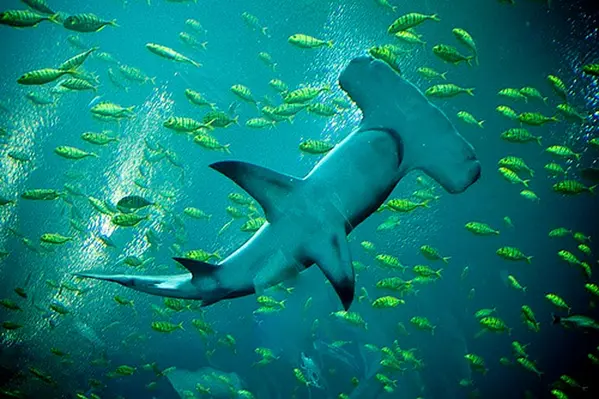An FAO meeting in Malaysia has discussed how to protect seafood trade while improving conservation of threatened aquatic species in Asia-Pacific
The meeting focussed on how the seafood sector can be protected while complying with the Convention on International Trade in Endangered Species of Wild Fauna and Flora (CITES), an international agreement between governments that aims to ensure that international trade in wild animals and plants does not pose a threat to their survival.
The meeting saw participation from fisheries experts from Australia, Cambodia, Indonesia, Japan, Lao PDR, Malaysia, Myanmar, Philippines, Thailand and Vietnam. Representatives from the CITES Secretariat and the University of Massachusetts were also present at the meeting.
“FAO is working with member countries and partners by developing tools to improve the management of fisheries and protection of endangered species, and these have been well received,” said FAO senior fisheries resources officer Kim Friedman. “This meeting went a considerable way to evaluate how well countries are coping with new CITES requirements since the protection listings came into force in 2014.”
The CITES listings can impact seafood exports as they require countries to take steps to ensure that exports are sourced in a way that does not threaten endangered stocks. The participants at this meeting analysed areas of success in CITES compliance, its implementation with regard to fisheries management and the challenges faced.
Improved governance was one of the major improvements cited by participants. However, it was felt that there was a need to improve the capacity for data collection and analysis. Further assistance is also needed to better monitor market chains of shark and ray products, which include a range of fresh and dried products, including shark fins.





